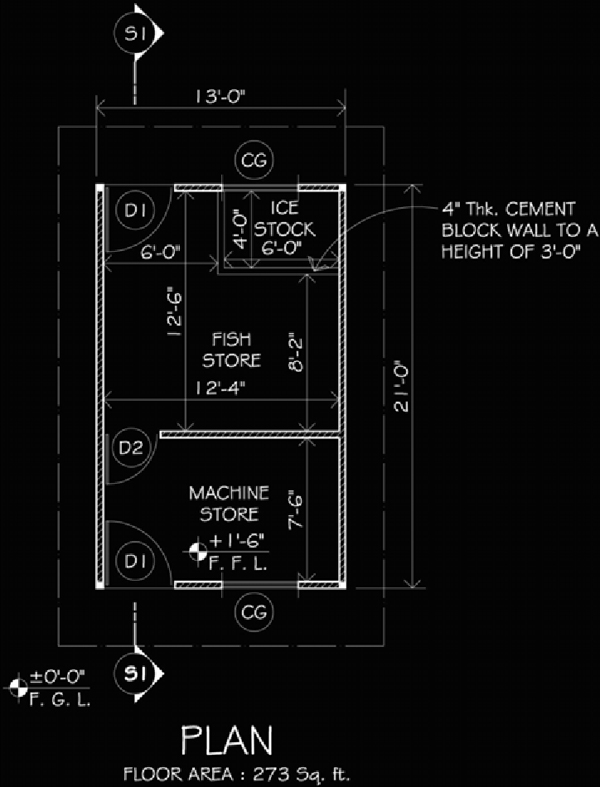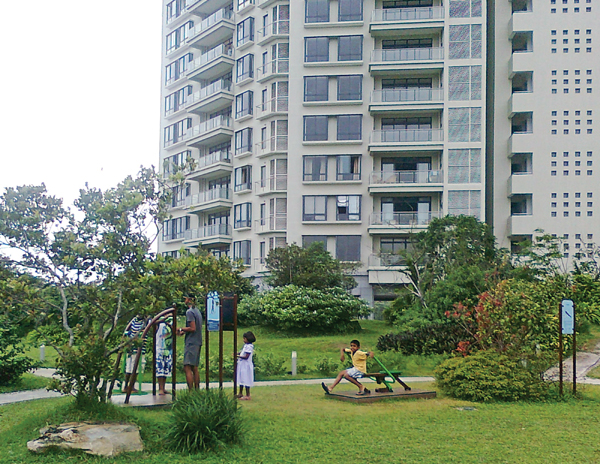Urban design and architecture play a major role in shaping up a city. ‘Architecture for all: City + Community’ was the theme of the National Conference on Architecture organised by the Sri Lanka Institute of Architects held on February 24, 2011 at the Bandaranaike Memorial International Conference Hall. In an attempt to discuss the role of the planner/architect in the formation and development of cities and their communities, an array of related issues were taken up by a forum of local and overseas architects.
Common aspirations in life such as education, employment, etc., compel the population to seek shelter in the city. Urbanisation has its positive and negative impacts. The notion of belonging in an urban community can be lost through evolving needs in social interaction, psychological detachment and weakening ties with the local context. These weakening community bonds can be reinforced with careful planning which promote interaction and connectivity through the correct arrangement of civic uses and supportive infrastructure. Social altitude of an urban community is more often determined by the levels of social interaction. It is the role of the planner to facilitate social interaction through suitable provisions of civic buildings and public gathering places.
The planner or architect is responsible for the shaping of the environment and establishing the boundaries. The physical structure should be designed to support the social structure of a locality. The identity of a city is established through it’s environment, culture and the services provided. The contribution of a planner can greatly enhance the cityscape, strengthen the identity and give rise to sustainable communities.
Identities can stem through the physical forms and elements of the built fabric in response to the climate and culture of a locality. Identities can alternatively be constructed to establish an anticipated character for a locality. The keynote speaker at the conference Archt Raj Rewal from New Delhi, India demonstrated the importance of identity that is responsive to the climate and culture of the urban setup. Preserving the traditions and culture as an integral part of modern design enable those values to continue and evolve with time. These values enrich the modern societies providing them with identity and a sense of belonging.

Prior to the transformation of the space through active community participation
The work of Archt Rewal reflected the cultural heritage and tradition of Indian communities. Appropriate use of local material and technology has resulted in providing the poor communities with affordable and quality housing. A coherent physical framework, buildings and landscape have generated improved living standards.

Transformation of the space through active community participation

Transformation of the space through active community participation
The buildings responded to the climate and economy of the respective user communities. The overall design solutions have uplifted the levels of interaction and given rise to cohesive urban communities. ‘Green design must be low cost: If it is not for all it is not green’. The projects of Archt Anupama Kundoo explored affordable green design solutions that can reach out to the various social strata. Simple design intrusions were developed through extensive research and experiment providing energy efficient and cost-effective environments. Archt Kundoo demonstrated the use of rammed earth construction, reducing the use of steel in concrete by 60% with the use of composite clay pots, ferro-cement construction, use of recycled materials such as glass bottles in building envelopes, etc., in an array of interesting projects. The research and technology adopted in these prototypes and the participation of the community members have proven fruitful in providing low cost green solutions.
Archt Sara Gorranson from Sweden discussed her research that had been carried out in India to help the poor communities develop affordable dwellings with potential for future expansion. The identified strategy offered them different prototypes to select from and make them a reality under their somewhat unpredictable economic levels. These attempts have elevated the living conditions of the poor urban communities and resulted in pleasant and healthy environments.
Archt Vo Trong Nghia from Vietnam presented a series of low energy bamboo structures with minimal impact on the environment. wNw café and bar were constructed of locally found bamboo with a span as much as 12 feet. The structure encourages natural light and ventilation and appears to be floating on water which cools the atmosphere. The operational costs are reduced in this manner whilst Bamboo becomes fertiliser to the soil when it is burnt down, upon completing its life span. The buildings displayed a distinctive character and an indigenous identity where the Architect has been successful in capturing the spirit of the local communities.
The planner or architect is responsible for the shaping of the environment and establishing the boundaries. The physical structure should be designed to support the social structure of a locality.
Archt M M G Samuel displayed the collective efforts of MMGS Architects in improving the standards of Sri Lankan communities following the destruction caused by the Tsunami in 2004. The practice has focused on providing comfortable living conditions that suit each community as a social responsibility bestowed on the architect. The simple pragmatic structures were celebrated with colour and texture where possible, generating hope in the surviving victims helping them to put the traumatic experience behind.

Kaludawalai housing development

Planning for communities can be greatly enhanced with the rational placement of civic uses, which encourage interaction, providing safe, comfortable and pleasant environments. The Architect has been successful in exploring these aspects and paving the way to consistent future communities. Gomaramkadawala, Pulipanchakkal, and Central Camp of the Eastern Province were provided with housing with the active participation of the community members. Fish cabins of Kinniya and Irrakkandy was another project that captured the vibrant aura of the fishing community in rebuilding their lifestyles after the destruction.


Kinniya and Irakkandy developments
Engaging the services of professionals should not be limited to the high and middle income levels. Sensible planning interventions can reduce the rate of crime and frustration among slum and shanty communities in urban neighbourhoods. Architect Dr Senaka Dharmatilleke in his presentation demonstrated the concepts of ‘new urbanism’ in shaping urban communities. The levels of expediency in urban communities are improved by introducing mixed use, connectivity, walkability, provision of affordable housing, etc. As a result the communities enjoy the convenience of having the work place, accommodation and recreation within walking distance with reduced traffic congestion. This concept supports the containment of growth, reining in urban sprawl.
Havelock City is such an example where mixed use and spaces of interaction have given rise to sustainable communities. The children and the aging population are also an integral part of any community. Archt Dharmatilleke highlighted the importance of play frames in a gathering space as children play a vital role in generating spontaneous connections within a community. Havelock City project has integrated landscaping, street furniture, etc., as part of the urban fabric also providing space for interaction at upper levels. Void decks are used as a feature that promotes gathering and interaction.

Void decks

Havelock City project
Singaporean neighbourhood communities are a contemporary example of structured hierarchy in social networking. As Architect Dr Senaka Dharmatilleke pointed out the spirit of a community should be enhanced by rich interaction ensuring that there is a certain degree of privacy for the inhabitants. The spatial hierarchy play an important role in creating defensive spaces between the private and public areas. The transition from a private dwelling within a community to the public areas is through a multitude of semi-private and semi-public spaces where a sense of belonging, security and identity dominate.
Appropriate planning regulations are essential for the containment of growth. The planning of cities must encourage access, mobility, affordable housing, employment and recreation for its communities. The lack of which promotes urban sprawl. Pseudo villages can result in inefficient distribution of infrastructure, transport, unhealthy physical and psychological conditions which project a negative social platform. A village is ‘efficient up to a scale, commercially less effective, socially positive’ says Archt Janaka Dharmasena where as a city is ‘efficient at large scales and higher densities, commercially very effective and socially positive’. A pseudo city is ‘less efficient at any scale, commercially less effective and socially negative’
In conclusion, admirable attempts were made by various planners in different geographical locations to boost the living standards of the native communities. The satisfying efforts have involved the active participation of the relevant community together with experimental research that made use of local materials and resources.
Identities which evolve in response to the climate and culture of a locality have given rise to sustainable communities enjoyed by their members. In an urban context the evolving needs and increasing population give rise to congested and unhealthy neighbourhoods.
Planners and architects have a social responsibility towards the society. They should be geared with the knowledge and skill to conduct the necessary surveys and research to explore the various concepts in developing sustainable communities.
The planners and architects who are wide spread over different geographical locations have come together on a platform which is a architectural community for exchanging ideas. The ideas and experience of each other can be shared through virtual interfaces of advanced information technology and architectural forums. The architectural community can collectively develop affordable and aesthetically pleasing environments for the betterment of the common people with improved levels of social interaction.
Compiled by
Chirangi Abeywickrama






























